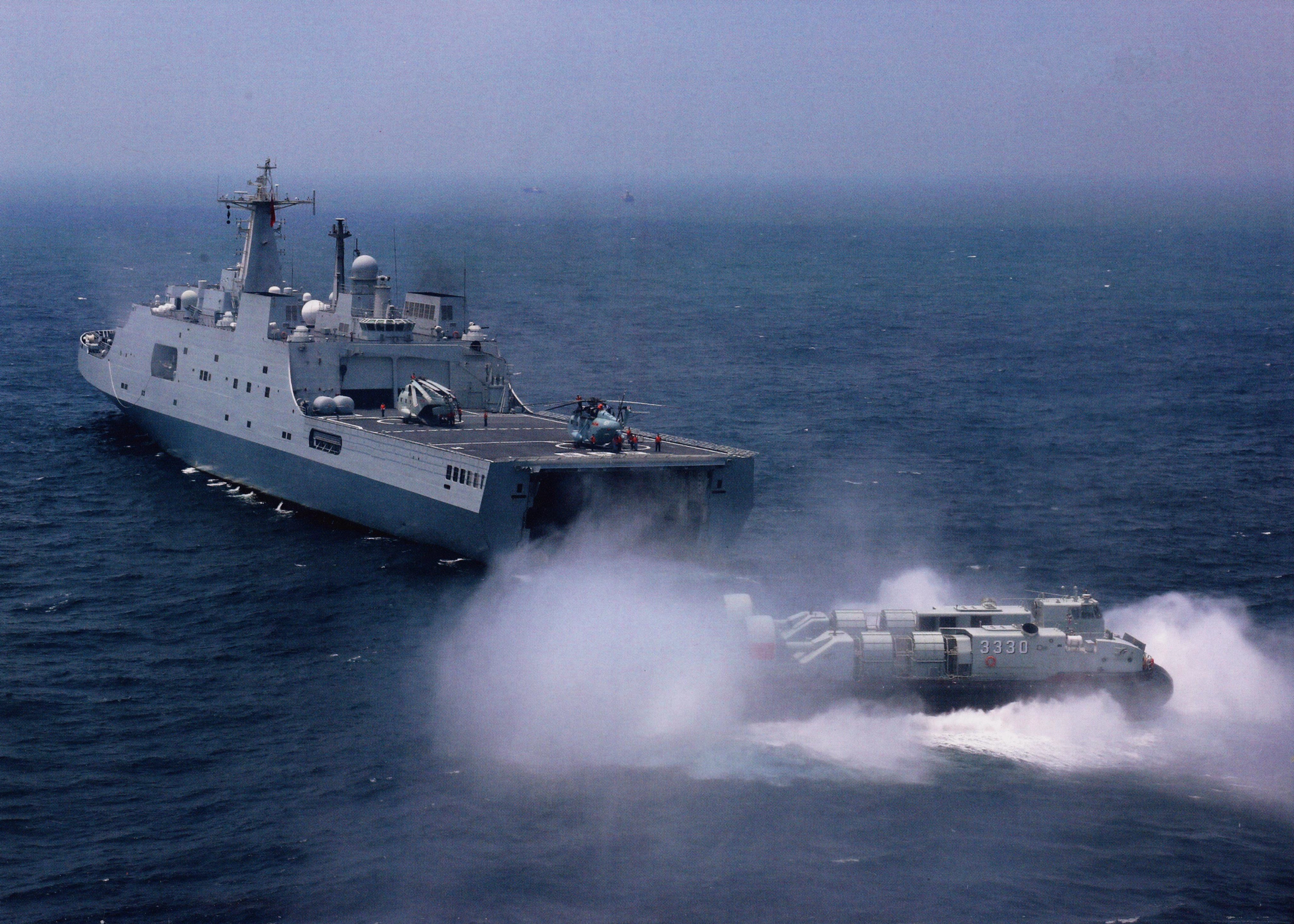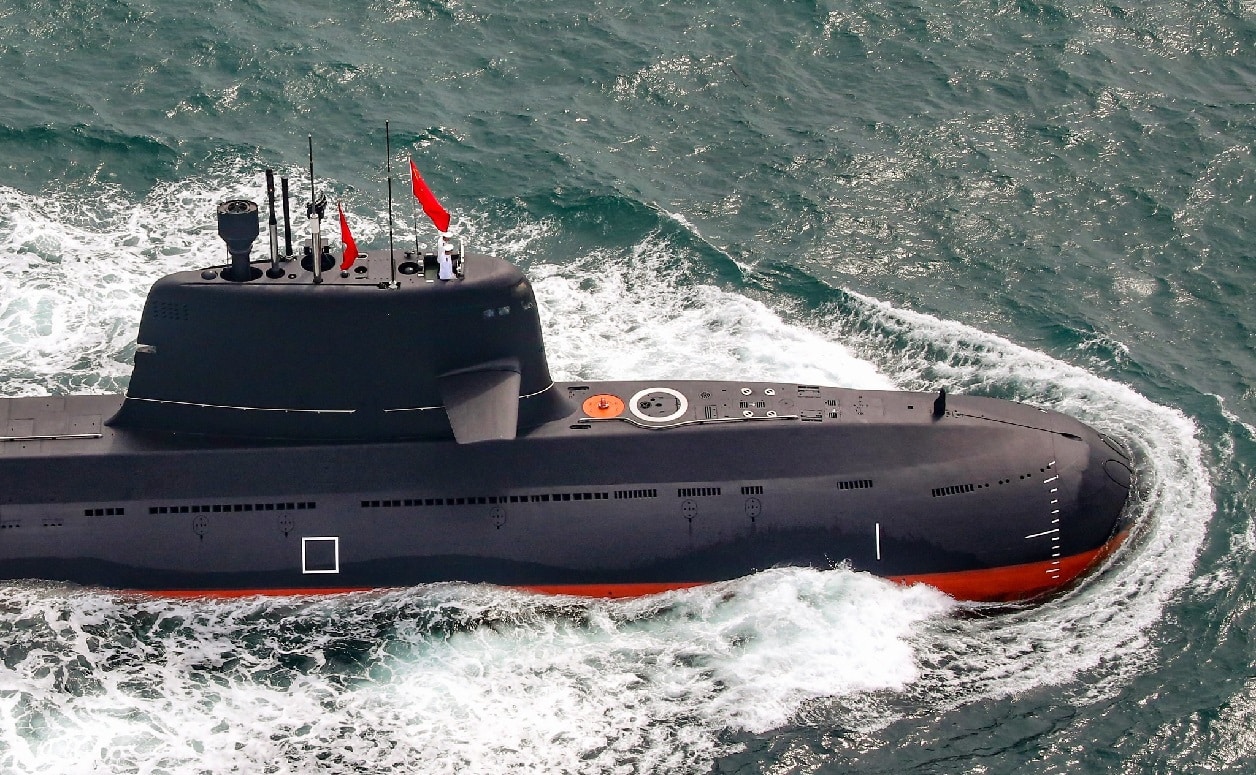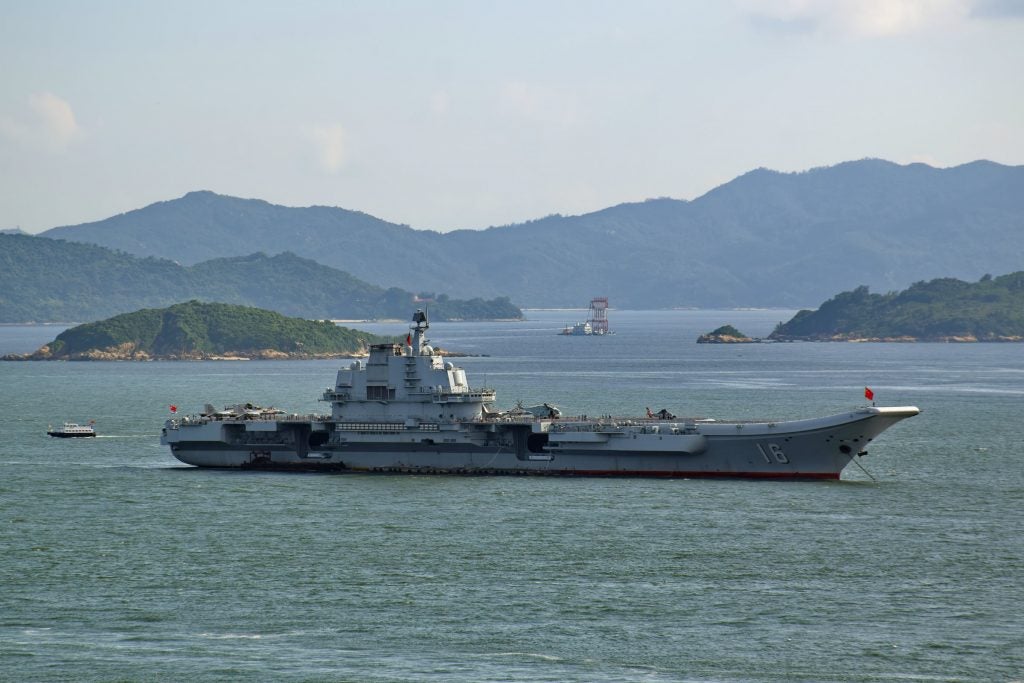Pentagon Releases New Report on China’s Military
In mid-September the Pentagon released its annual China Military Power Report, which has covered all aspects of China’s military since it began to be published in the Fiscal Year 2000. The latest edition of the publicly-available report spans 212 pages. Given the breadth of topics covered a comprehensive coverage of the entire report is impractical, therefore, in this article we’ll examine the naval aspects of the report.
According to the report the PLAN grew from 340 ships last year to 370, and of the increase, half of the hulls are surface combatants. Although growth was expected from the PLAN, the construction of 15 highly complex surface combatants remains notable and clearly demonstrates both Chinese resolve and mastery over naval expansion, far outstripping the growth of Pacific allies.
Amphibious capabilities have also grown in recent years, with a new Type 075 amphibious assault carrier launching annually since 2019. At 35,000 tons, the 075s have capabilities similar to current American Wasp-class vessels and makes Chinese marines a far more credible threat against Taiwan. More mundane hulls, such as the Type 071 LPDs designed after the 1996 Taiwan Strait Crisis, and Zubr-class heavy LCACs have also continued and further strengthens China’s capacity in a cross-strait invasion.

The 2022 version of the report gave a estimation that PLAN submarine production was only at replacement levels, with one new boat for every retiring across the fleet of about 60. By contrast the 2023 Report estimates that by 2025, 65 boats will be at the ready and by 2035, that number will jump to 80. Force composition of the silent service currently stands at 6 ballistic missile submarines and 54 attack submarines. A far heavier focus proportionally is put into the number of attack submarines, while the number of ballistic submarines is at only a third of the US’s 18. Tactically, attack submarines will be more useful in denying allied relief to Taiwan and deterring United States aircraft carriers from entering attack range.
Four Yuan-class (Type 039A/B) attack submarines were built in China this year, compared to the one new addition to the Taiwanese submarine force. Admiral Huang Shuguang, leader of Taiwan’s domestic submarine programme, has said that he hopes for three combat ready hulls by 2025 and four by 2027.

In late 2022, The PLAN commissioned its eighth Type 055 cruiser, the largest surface combatant in production, and a nineth one is confirmed to be under construction. Production continues with the established Types 054A and 052D, both capable combatants in high intensity combat. Satellite and social media sources have also spotted two new Type 054B under construction, with a 2 metre beam increase, the new type is expected to be vastly different from the A model. Its radar is expected to be a major upgrade, with the use of a double sided rotating AESA array.
In the South China Sea, the PLAN has continued to patrol China’s contested claims with military and ostensibly non-military coast guard and civilian ships against rival claimants’ activities in the region. Most recently, Filipino ships carrying supplies to the contested Second Thomas Shoal were rammed by the Chinese Coast Guard on 2023-10-22 and water cannons were used by the Chinese against a similar supply mission in early August.
“To subdue the enemy without fighting is the acme of skill.” – Sun Tzu
After the incident social media accounts, both overtly and covertly associated with the government, promoted a narrative that it was the Filipino ships that rammed the Chinese Coast Guard, an example of the increasing importance of Cognitive Domain Operations to the People’s Republic of China. In conflict, China can use such operations to delay and prevent intervention by the United States and its allies. Before open war, this capability can also be used to preemptively polarize and fracture opponent societies, not unlike Russia’s influence in the United States’ 2016 elections.
Since 2015, five major types of civilian vessels built in China, including Roll-On/Roll-Off(RORO) ferries and container ships, have to conform to “national defense requirements”. This allows China to in times of war effectively commandeer these ships and press them into service. Specifically, RORO Ferries have been seen to carry amphibious fighting vehicles and have their stern ramps modified to allow drop-off of said vehicles at sea, allowing a larger first-strike invasion force than only utilizing military vessels for the invasion. Similarly, container vessels have been seen modified to carry helicopters or serve as forward supplies basing, allowing invasion force helicopters to quickly transport supplies to shore when ports are unavailable.
Recent Chinese exercises have seen an increased use of the aforementioned ship classes alongside naval components, with them employed in greater numbers and sophistication. RORO ships have been seen covertly loading forces and unloading at ports with near-nonexistent infrastructure. Along with the aforementioned ramp modifications and their increasing numbers, every Chinese ferry in the Taiwan Strait could be a threat and little reaction time afforded if an invasion is on the horizon.

